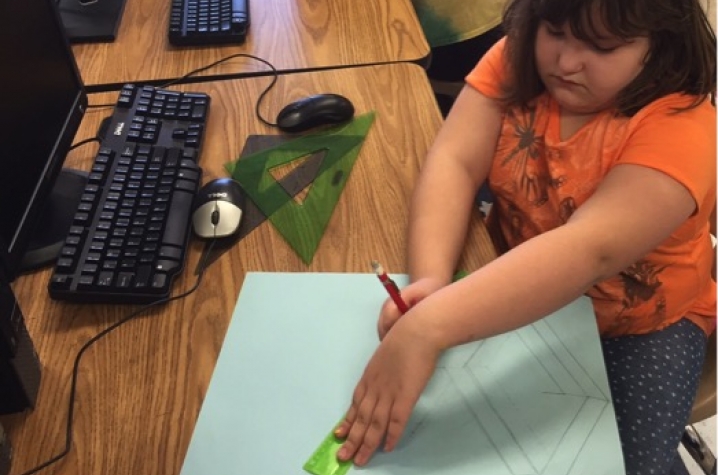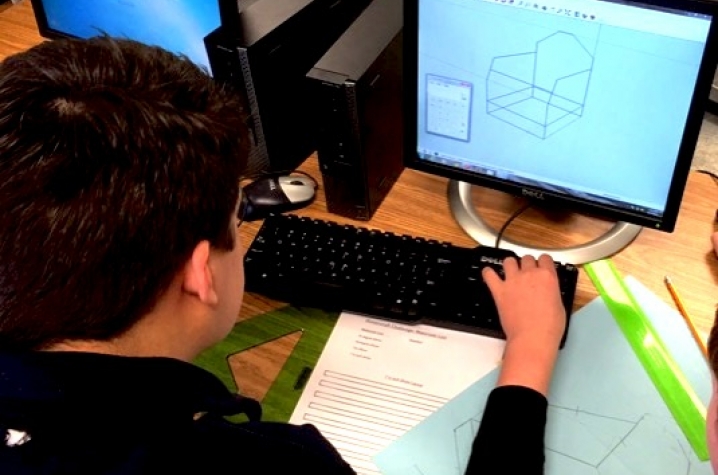The Nexus Between Teaching and Research
LEXINGTON, Ky. (Dec. 9, 2015) — When Samuel Choo was a middle school resource room teacher, six years ago, his school was selected for a research project led by University of Kentucky College of Education's Brian Bottge. Inspired by the work, Choo became a doctoral student in the college and today is making the same type of connections between research and teaching.
Bottge's project, funded by a National Center for Special Education Research grant, was testing the effects of enhanced anchored instruction (EAI) on the math performance of middle school students.
"The project staff did a good job of teaching us how to implement EAI in our resource rooms," Choo said.
Soon after teaching with the new curriculum, Choo noticed that his students were more motivated and engaged.
"In fact, they looked like they were actually enjoying math!" he said.
Posttest scores showed positive results in favor of the new curriculum and the experience motivated Choo to continue exploring the research. After being accepted into the UK Department of Early Childhood, Special Education, and Rehabilitation Counseling doctoral program, he joined Bottge's team as a research assistant where he learned how classroom-based research is planned and conducted.
The middle school teacher-turned-researcher helped train math and special education teachers; observed classrooms and assessed research fidelity; provided teachers with technical support; assisted in scoring tests; and worked on data entry and analysis.
Choo later returned to North Carolina, where he taught low performing middle school students in a Title I resource room, and put his research experience to the test.
"Choo believed that it was important for his students to acquire math skills that could be applied to future job-related tasks," Bottge said. "From working on the EAI research, he observed the difficulty many students had in interpreting and drawing three-dimensional drawings."
In his dissertation, Choo proposed developing a new curriculum for improving students’ visual-spatial skills. This led him to develop a series of instructional units that included hand-drawing and computer-aided drafting.
"I ran my own pilot studies using what I had learned while teaching with EAI as both a research participant and research assistant," he said.
To help offset the cost of materials for his first study, he was awarded a $1,500 Bright Ideas Grant from the North Carolina’s Electric Cooperatives. Thanks to the company’s generosity, he was able to fully implement all the lesson plans developed by Bottge’s grant team.
"This whole process, from applying for funding to carrying out the study to reporting the results, helped me make connections between university, classroom, and community," Choo said.
From the training he received as a study participant, Choo said he has become a better teacher. And from working on an IES-funded grant team, he learned a lot about how to conduct classroom-based studies.
"Similar to how my students learned math in a hands-on way, I learned research methods by having the opportunity to use them in practice, and for that I am very grateful," he said.
MEDIA CONTACT: Whitney Harder, 859-323-2396, whitney.harder@uky.edu








